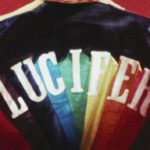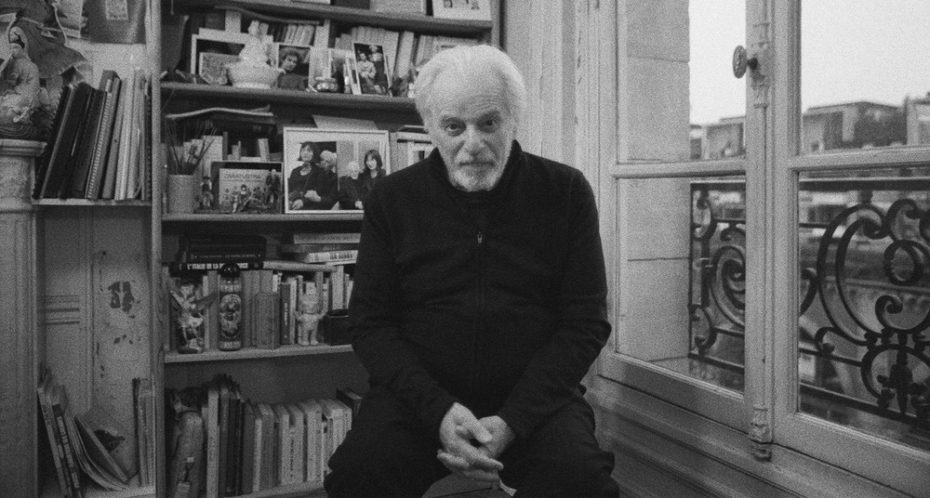
Once a month at a Parisian café near the Place de la Bastille, you can find a peculiar crowd of characters trying to squeeze into the local bar du quartier, lining up feverishly to meet a silver-haired man, dressed in all-black and promising to give them a tarot reading. You could be easily forgiven for dismissing the scene as a crackpot’s cult gathering, but in actual fact, you would dismissing a meeting with a man who is, in many respects, one of the most criminally underrated artists of our age. That man in black meeting his throng of fans is none other than Alejandro Jodorowsky, the man behind the greatest, most ambitious sci-fi film never made, starring Salvador Dalí, Mick Jagger, and Orson Welles with a soundtrack by Pink Floyd. The Chilean director’s version of Frank Herberts’ 1965 masterpiece, Dune, is one of history’s most intriguing unfinished works…
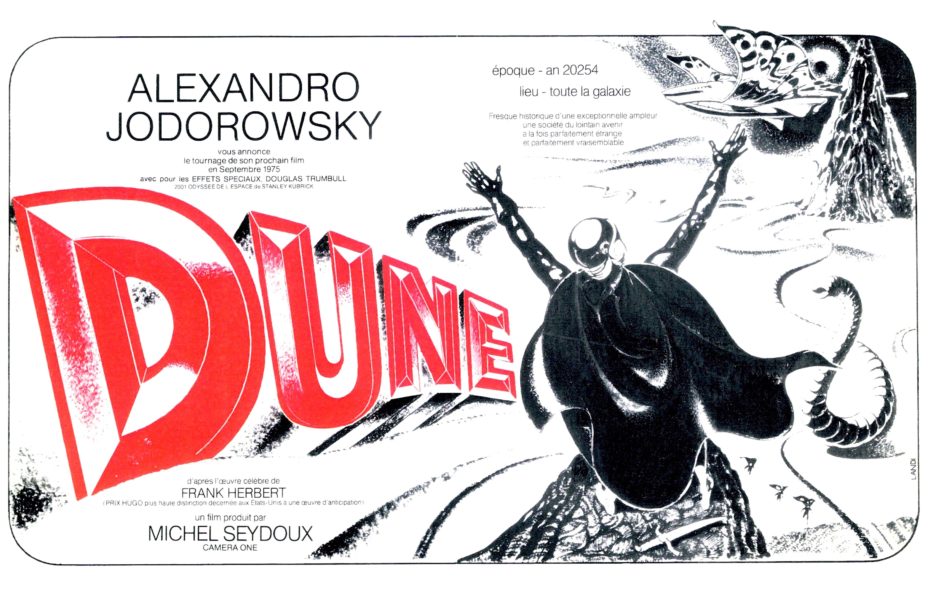 Jodorowsky’s Dune was going to be a brutally revolutionary film, but was never completed due to a Hollywood studio’s lack of funding. Crushed by the fear of the production’s sheer magnitude, it’s been argued that if Hollywood had put their differences aside and come together to make this film, the world might be even be a different place today.
Jodorowsky’s Dune was going to be a brutally revolutionary film, but was never completed due to a Hollywood studio’s lack of funding. Crushed by the fear of the production’s sheer magnitude, it’s been argued that if Hollywood had put their differences aside and come together to make this film, the world might be even be a different place today.
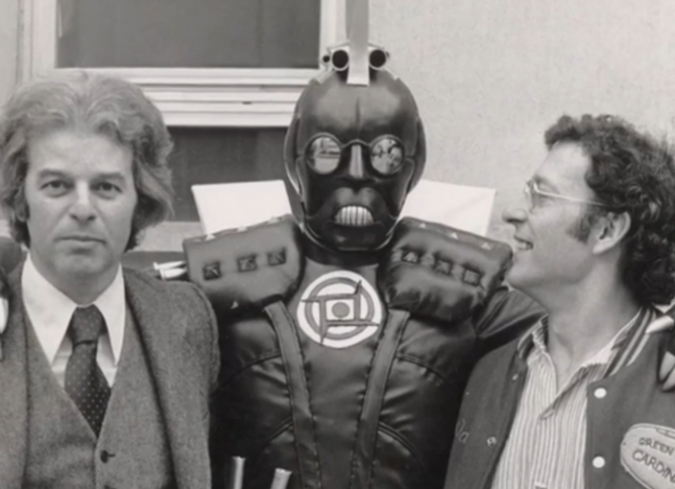
Jodorowsky had already cast Dali as the Emperor, Jagger as Feyd-Rautha, and for the villain, none other than Orson Welles – securing the legendary (and notoriously difficult) actor with the promise to hire the chef from Orson’s favourite restaurant to cook on-set everyday. The greatest team of sci-fi artistry ever had been assembled by Alejandro’s vision, including Jean “Moebius” Giraud, H.R. Giger, and future Alien writer Dan O’Bannon– a dream team that movie production companies would later hijack for their own sci-fi films. Thousands of storyboards, action sequences, and costumes were created that would show up in George Lucas’ Star Wars and other later sci-fi blockbusters. Jodorowsky’s Dune was never truly made, but it spawned so many other great films.
In 2013, a documentary was made to tell the story of his unfinished masterpiece from the mid-1970s. Whether or not you have the slightest interest in science fiction culture, this documentary is a must-watch, and MessyNessyChic’s top movie pick for the holidays…
In the end, the film adaption of Dune was made by David Lynch in 1984, and on a much smaller budget. Today, Lynch prefers not to discuss his version of Dune in interviews (it remains one of the most critically panned films of the 20th century) in which even he, the screenwriter and director, decided to formally denounce.
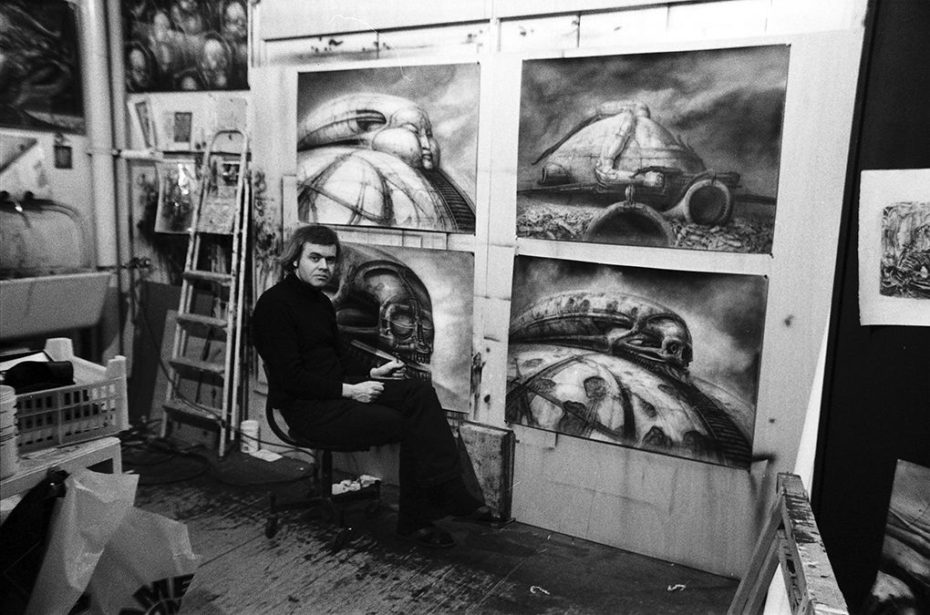
When Jodorowsky’s project was cancelled, all of the production materials were bound together and distributed to every major Hollywood studio with the hope that someone would make something out of them. Ridley Scott was scouted to make the film, but reportedly lacked the dedication to adapt what has been called “the bible of science fiction.” So that’s how Dune fell into the hands David Lynch.
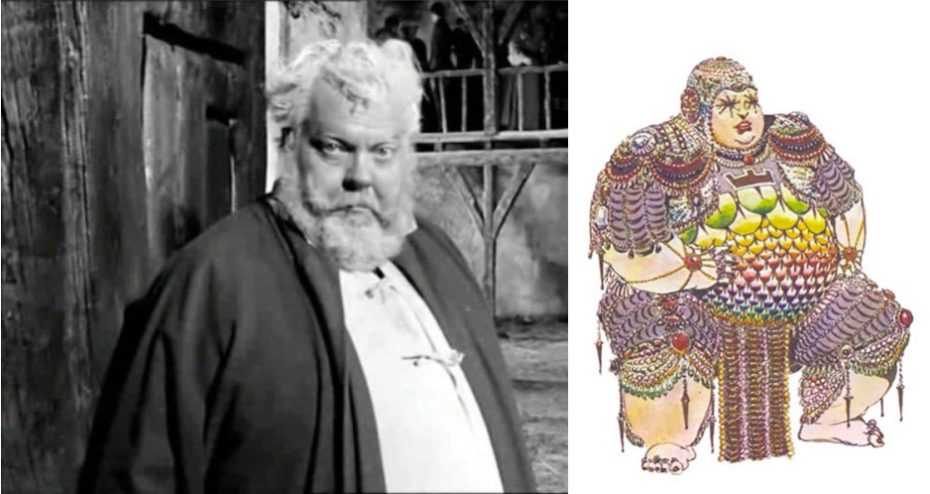
There is a sentiment that in an effort to mimic what Alejandro Jodorowsky had already put in place, since the film-maker was known as a surrealist artist and director, Hollywood thought they could substitute his vision with that of David Lynch. The same went for Jodorowsky’s trail-blazing casting. He was going to have rock star Mick Jagger play one of the main villains, so for Lynch’s version, they cast rock star Sting to play the character.
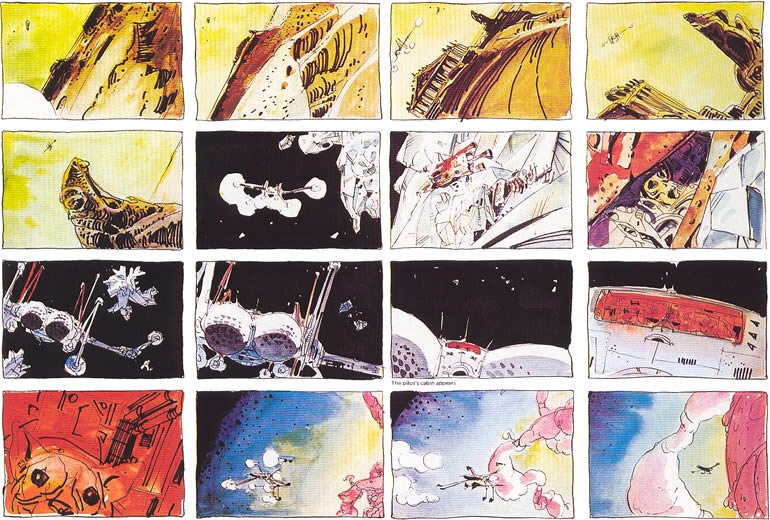
Inspiration from Jodorowsky’s unmade film didn’t end there, however. Scenes of Luke Skywalker training with a lightsaber against a floating robot can be attributed straight back to Jodorowsky. Dan O’ Bannon, who was part of the avant-garde film-maker’s original team, would go on to co-write the script for Alien. He once spoke of his inspiration for the plot, explaining that it came from the desire to make men feel the horror of rape and implying this alluded to a previous project he’d worked on, which had been slaughtered by Hollywood.
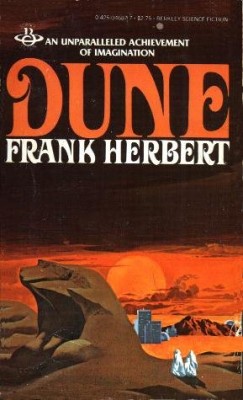
From another point of view, many film critics have also suggested while Jodorowsky’s version would have been a fascinating film (or a complete train wreck), it wouldn’t really have been Dune, the epic work cited as one of the world’s best-selling science fiction novels. However, Jodorowsky said from the outset that he had no intention of sticking with the source material (he admits to never actually having read the book) and was looking to use the shared elements between a dream he’d had and Dune. Stanley Kubrick’s films were often very far from the original books he adapted, and I think we can all agree his work goes down in history as some of the best in cinematic history.
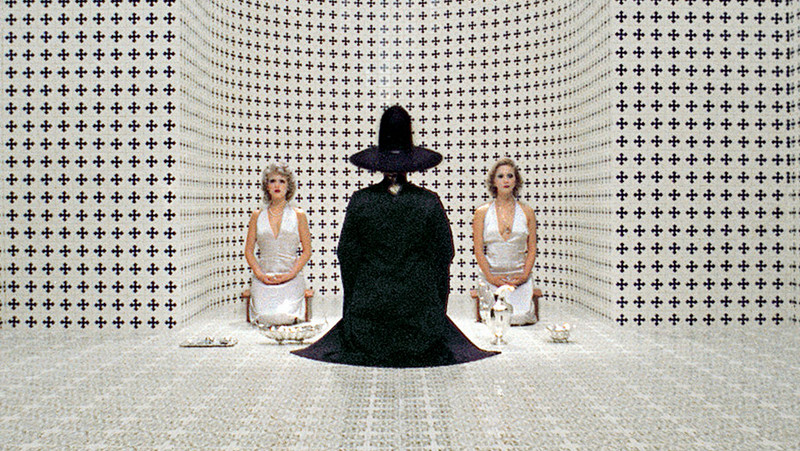
The real crime may not be that Jodorowsky’s Dune was never made, but that his contributions to the of world of Science Fiction films – as an artist, tastemaker, and mentor – is not more widely recognised and honoured (more often than not, he’s recognised for cult classics like “El Topo” and “The Holy Mountain”). You’ll rarely find someone who puts such heart and soul into his work and his attitude and passion will surely motivate anyone to put more into their own work.
A scene from the documentary where the Alejandro speaks about how money stopped him from making art captures his passion so powerfully and poignantly:
His genius for collecting talented people and empowering them to create amazing things is unparalleled. In his early years, Alejandro was doing silent interpretations of Shakespeare using mimes. He caused a riot to erupt with his first feature film. He is a man who in different times would be thought a prophet or sorcerer, but now we just call “crazy.”
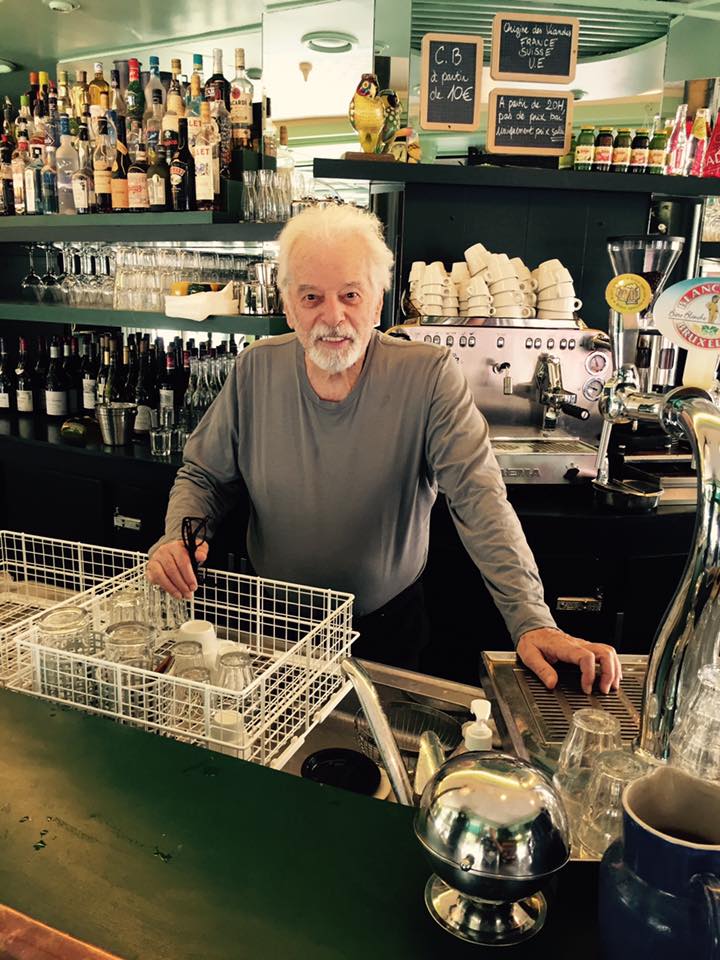
For many years, his die-hard followers have longed for a great animation studio to pull together his original animated storyboard. There is enough material there to make a 10 part hour-long series. We’re looking at you Netflix.



